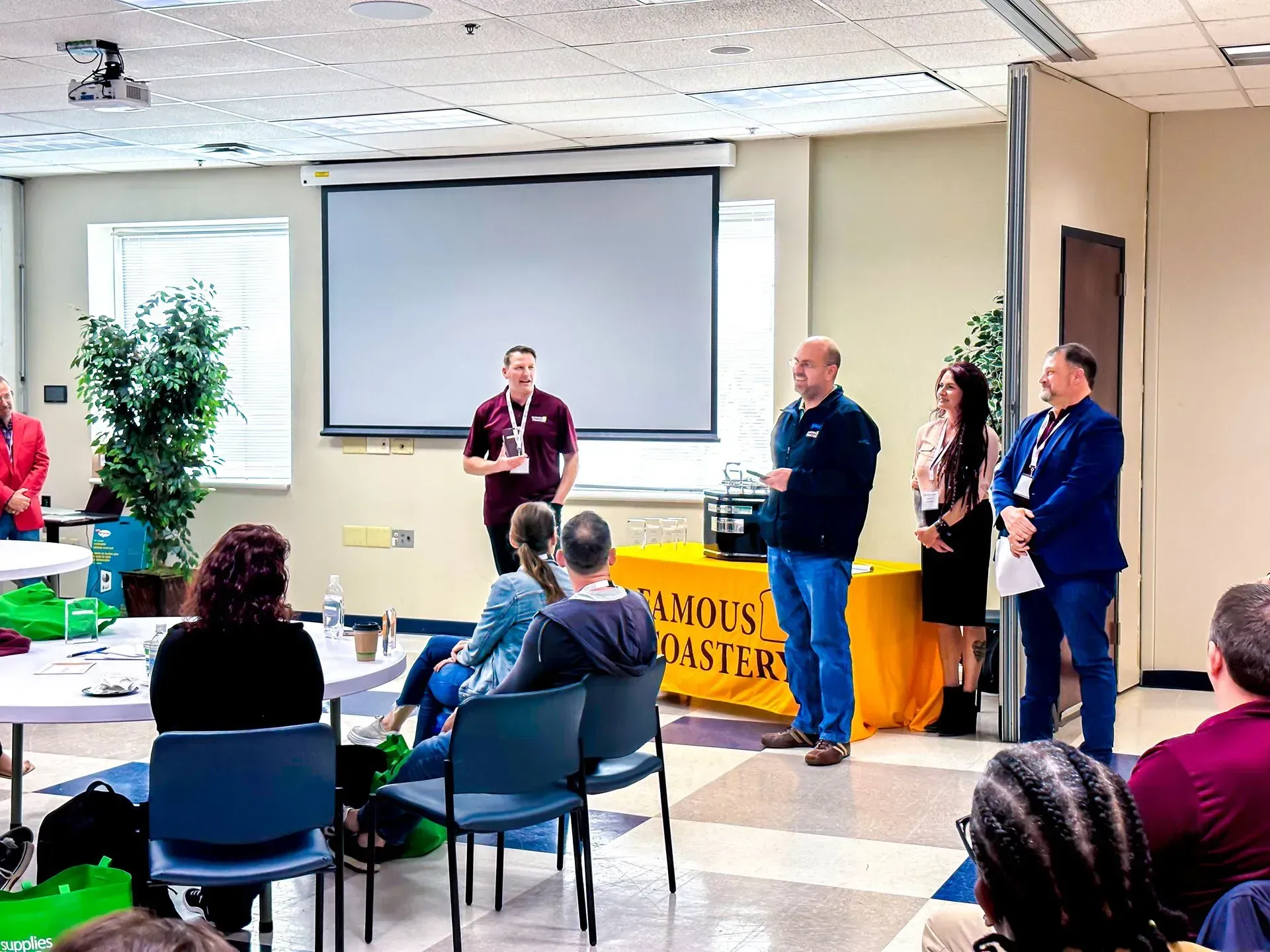Restaurants Lean into Tech
From AI to robots there’s lots of tech to talk about. Burger King prepares to close hundreds of locations while Portillo’s may be poised for takeoff. Economic news includes many labor updates plus small businesses share their perspective. These stories and more This Week in Foodservice.
Lots of tech talk dominating the foodservice industry of late.
In November of 2020 Spyce debuted what the company calls its Infinite Kitchen, which automates the meal cooking and assembly process.For example. sweetgreen is about to open its first Infinite Kitchen, which will automate key aspects of meal production. The Naperville, Ill., location will use the technology Sweetgreen acquired through its purchase of Spyce back in 2021. Spyce first rolled out its automated kitchen in 2020 in Massachusetts . At that time the technology automated meal assembly. Spyce still had members of its culinary team prep meal ingredients. Since the deal, sweetgreen has spent some time adapting the Spyce technology so it works with its menu. This represents the latest digital development for sweetgreen. Last year the salad-centric fast-casual chain opened its first “sweetlane” concept. The Schaumburg, Ill, pilot restaurant sought to push digital ordering to the forefront with a drive-thru lane designed to increase convenience for digital customers.
In addition, a robot is tossing grab-and-go salads for a Michigan-based healthcare foodservice operator . Corewell Health is in the midst of a 12-week pilot program that involves using one robot attached to a salad refrigeration unit and programmed with six different salad recipes, per a Food Management report . The unit grabs a container, assembles the salad and then drops it into a chute that can hold 10 salads. The robot’s assistant places lids on the salad and labels them. This is not Corewell Health’s first foray into automation or robotics. The operator uses TUGS to tote trays from the kitchen to patient rooms, self-checkout technology and recently it began using autonomous floor scrubbers.
Multiconcept operator CKE Restaurants is testing artificial intelligence in some of its drive thrus , per a company release. Upon arriving at the drive thru, guests place their orders thru a digital interaction with “Tori,” the name given to the AI interface, and then pay the CKE associate for their meal at the pickup window. The parent company of Hardee’s and Carl’s Jr. reports using this AI technology has already “positively impacted drive thru times thru improved order accuracy and better customer interaction.” The company also reports using AI in this way allows “Carl’s Jr. and Hardee’s associates to focus more on providing better customer service and preparing timely and freshly made orders.”
Add Wendy’s to the list of companies testing AI-powered drive thru technology. The fast-food chain will begin working with Google’s AI technology at a company-owned restaurant in Columbus, Ohio, starting in June. In a release announcing the test project, Wendy’s said 75% to 80% of its customers place their orders via its drive thrus. Known as Wendy’s Fresh AI, the program will be able to have conversations with customers. It will also have the ability to understand made-to-order requests and generate responses to frequently asked questions. Google’s large language modules will power these features. The LLMs have the data from Wendy’s menu, established business rules and logic for conversation guardrails, and integration with restaurant hardware and the point-of-sale system. By leveraging generative AI, Wendy’s seeks to take the complexity out of the ordering process so employees can focus on serving fast, fresh-made, food.
Finally, while delivery robots seem inevitable, implementation will be pretty complicated, per a report by The Food Institute . A total of 23 states have laws on the books on how delivery robots can transport food within their jurisdictions. It should come as a surprise to no one that the laws can vary greatly from one state to another. This state-by-state approach will slow the adoption of this technology.
All in all, plenty of operators continue to test robotics but widespread implementation seemingly remains elusive.
RELATED POSTS
















